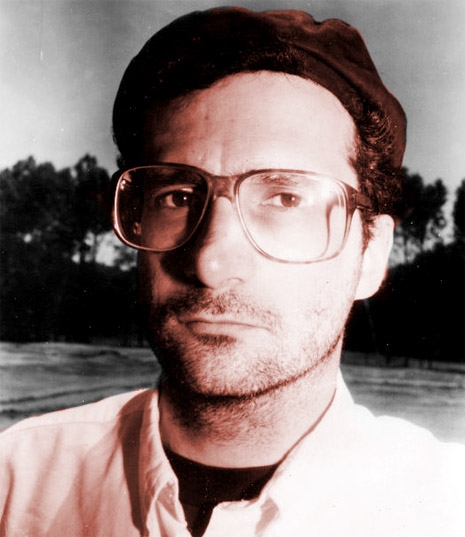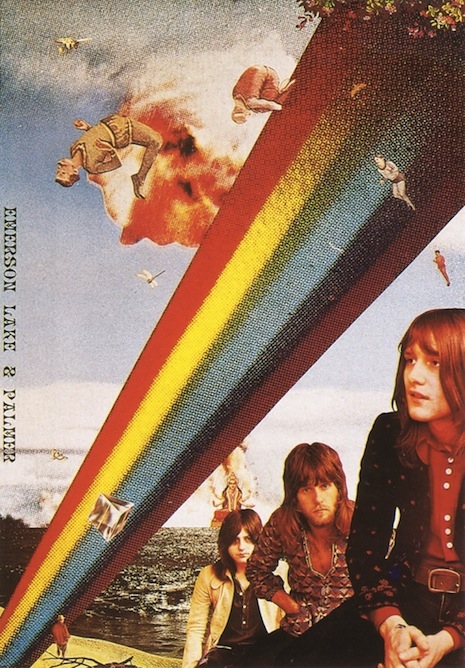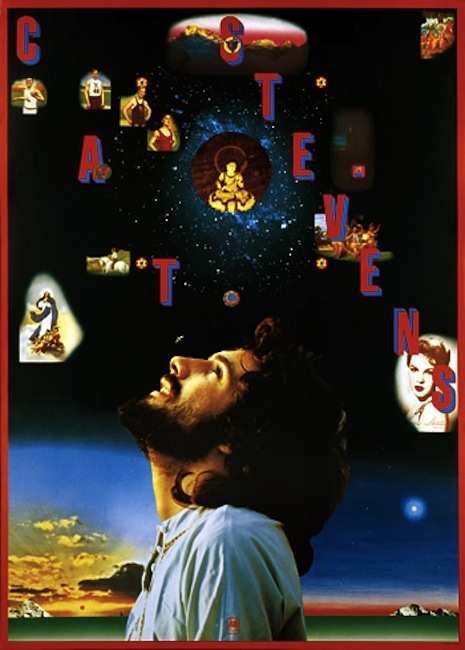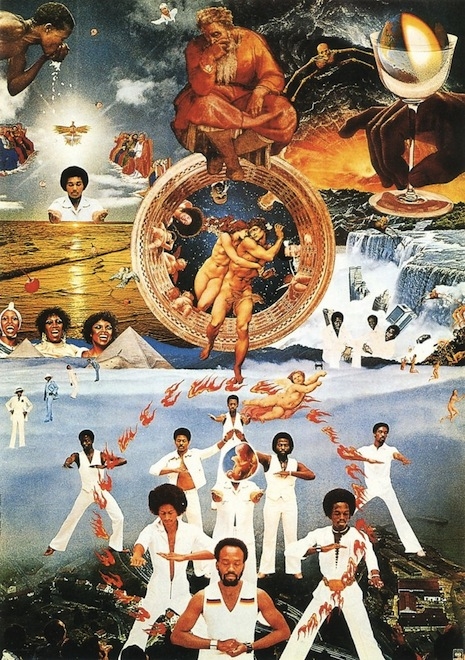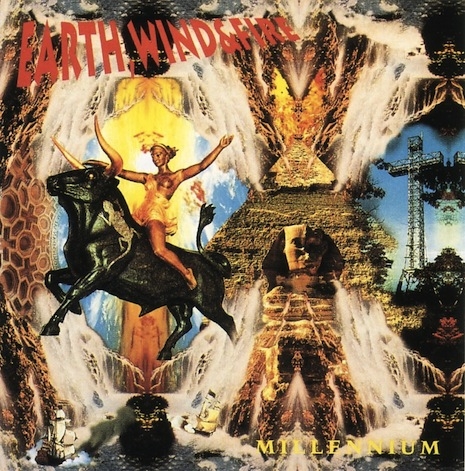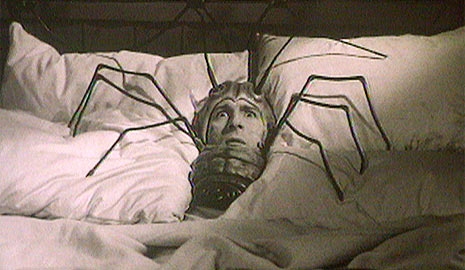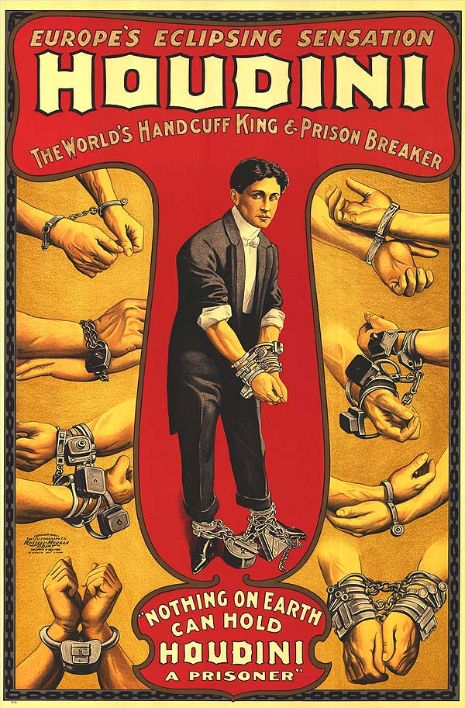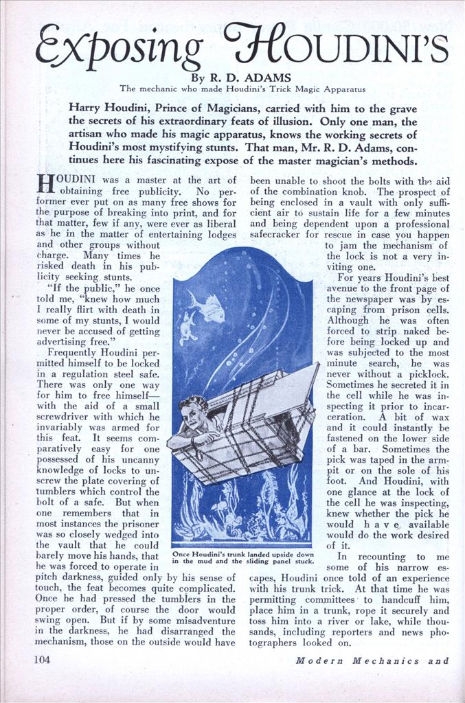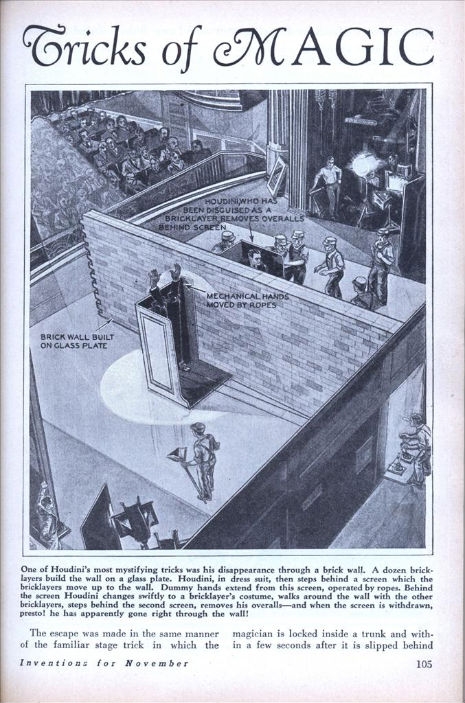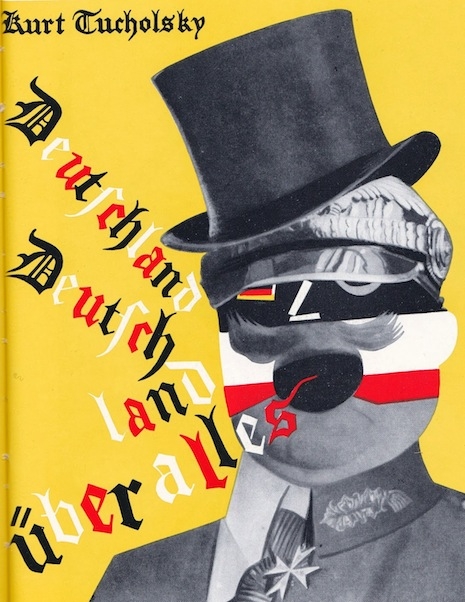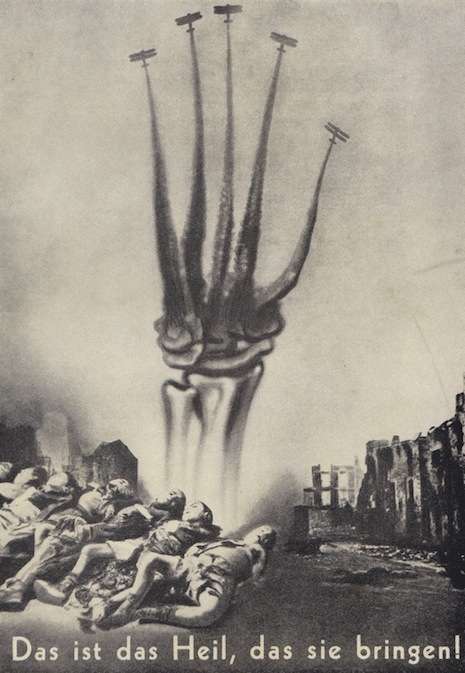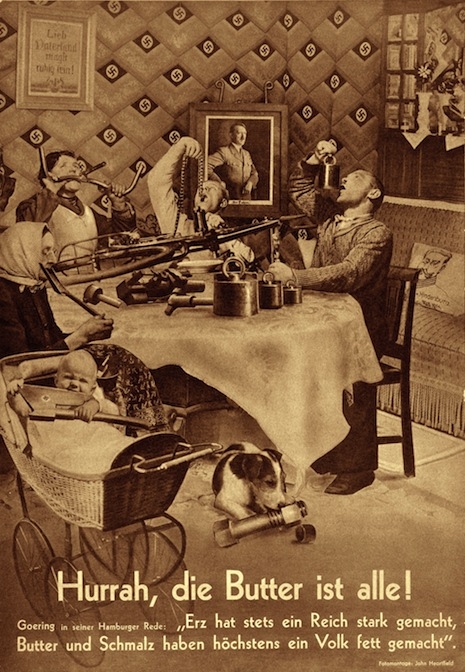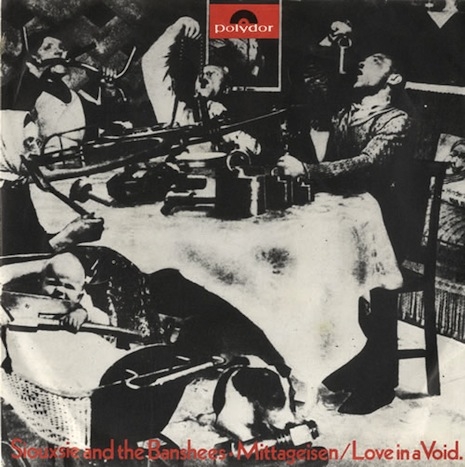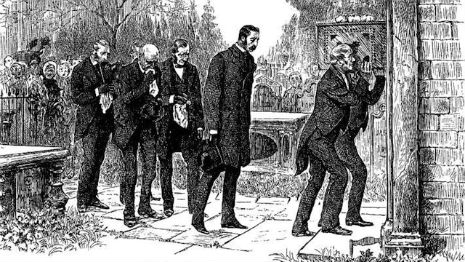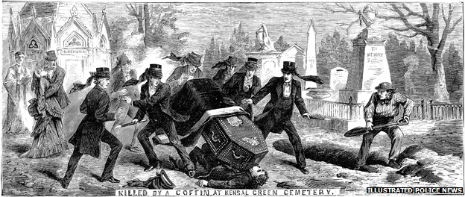
By January of 1944, Colgate University geologist Professor Harold Orville Whitnall has, like so many others around the globe, pretty much had it with the War in the Pacific. Too many American boys are dying overseas, and the world needs a plan for a quick resolution to the conflict. So much so that Whitnall feels compelled to unveil a rather unorthodox master plan. That month in Popular Science Magazine, he suggests that the U.S. bomb Japan’s volcanoes.
Why? First, Whitnall concludes, the Japanese are terrified of volcanoes. He cites the fact that people in Japan place shrines at their bases hoping to ward off impending eruptions. According to Whitnall’s logic, the Japanese worshipped volcanoes like gods, and blowing “these smoking mountain deities” to smithereens would really freak people out. Second, bombing the volcanoes might trigger earthquakes! “Hardly a day passes without some of Hirohito’s dupes feeling the earth wobble beneath their feet,” Whitnall continues, and this, of course, must also be very scary to the people of Japan. Whitnall argues that the island nation with its 30 active volcanoes and “hundreds that jut skyward in uneasy slumber,” along with its unstable, fissure-ridden crust is one of the most geologically volatile places on the planet. The earnest professor concludes, therefore, that U.S. bombers should agitate the island’s fragile topography as much as possible thereby wreaking havoc on the Japanese population through acts of geological sabotage, which, in turn, will virtually guarantee a triumphant U.S. victory. Problem solved.
Crazy, right?
But, Whitnall is serious. He wants readers to know that he isn’t just some mad scientist doing that twiddling thing with his fingers and laughing hysterically towards the heavens. To the contrary, he has been cooking up this magmatic bombing campaign concept of his for quite some time:
Since shortly after Pearl Harbor, I have recommended that our all-out attack on the Japanese homeland be accompanied by bombing raids on Japan’s volcanoes. I believe that explosives dropped down their throats may cause such a vomiting of lava and ash as to hasten the day of unconditional surrender. Bombs are growing bigger and bigger, and I am increasingly convinced that such an attack is worth trying.
Whitnall acknowledges that his idea might prove to be just a little controversial to some of the more narrow-minded members of the scientific community, but, he contends, the naysayers lack the kind of forward thinking upon which this country was founded:
The idea of bombing volcanoes into activity and jarring the earth into earthquakes probably will be met with mingled derision and approval. Ultraconservative scientists whose vision is often swathed in mathematical formulas, will snort, “Impossible!” while those with the imagination of Ben Franklin with his kite may murmur, “Could be, could be.”
The whole thing is pretty chuckle-worthy in its audacity (albeit truly terrifying and jingoistically unconcerned with the plight of ordinary Japanese citizens), but Whitnall’s article becomes a lot more ominous when you consider the fact that (obviously) the United States at the time has something far more horrifying up its collective sleeve than obliterating volcanoes.
I’ll let Whitnall himself fill you in on the rest of the details of his own earth shattering plot in the original article which you can find here.
Meanwhile, check out another seemingly hair-brained WWII bombing idea in this History Channel segment on weaponized bats.
Via Weird Universe.






